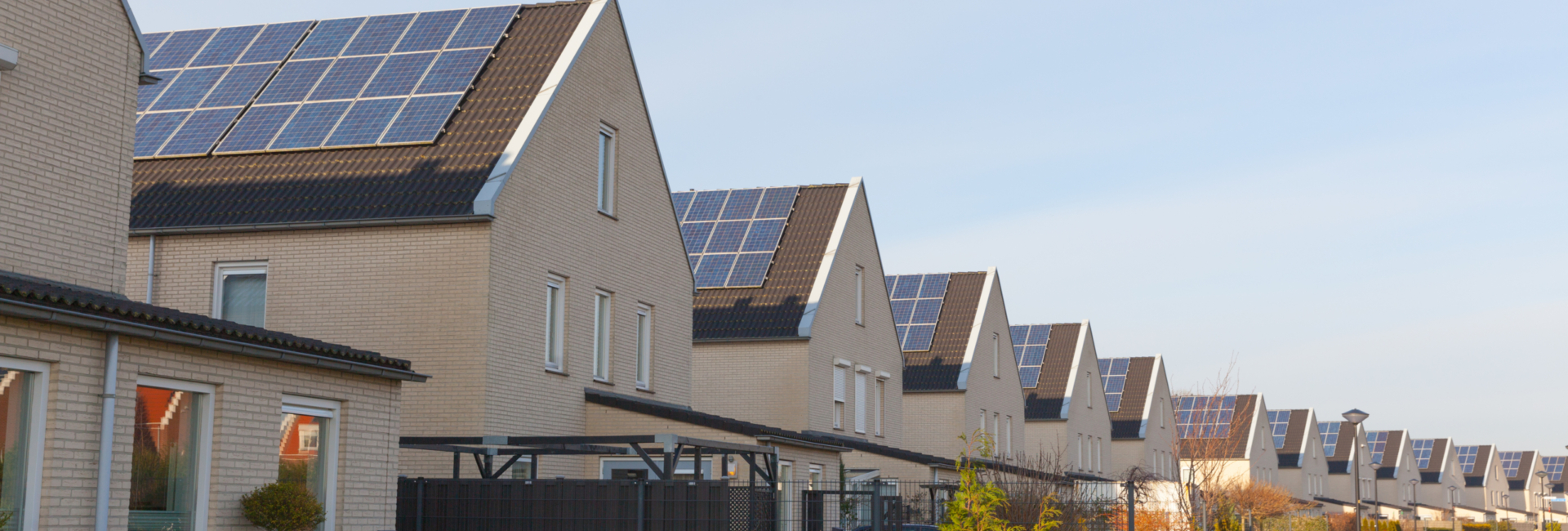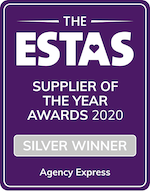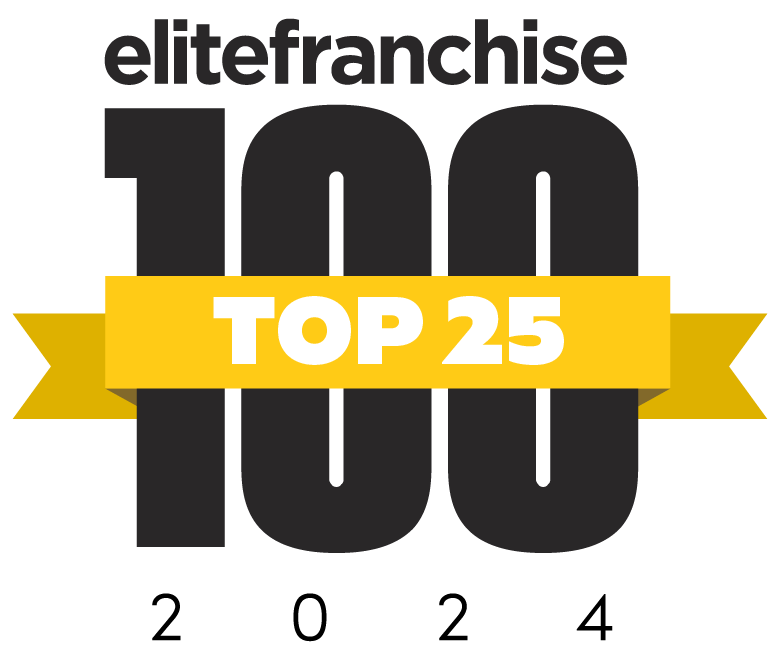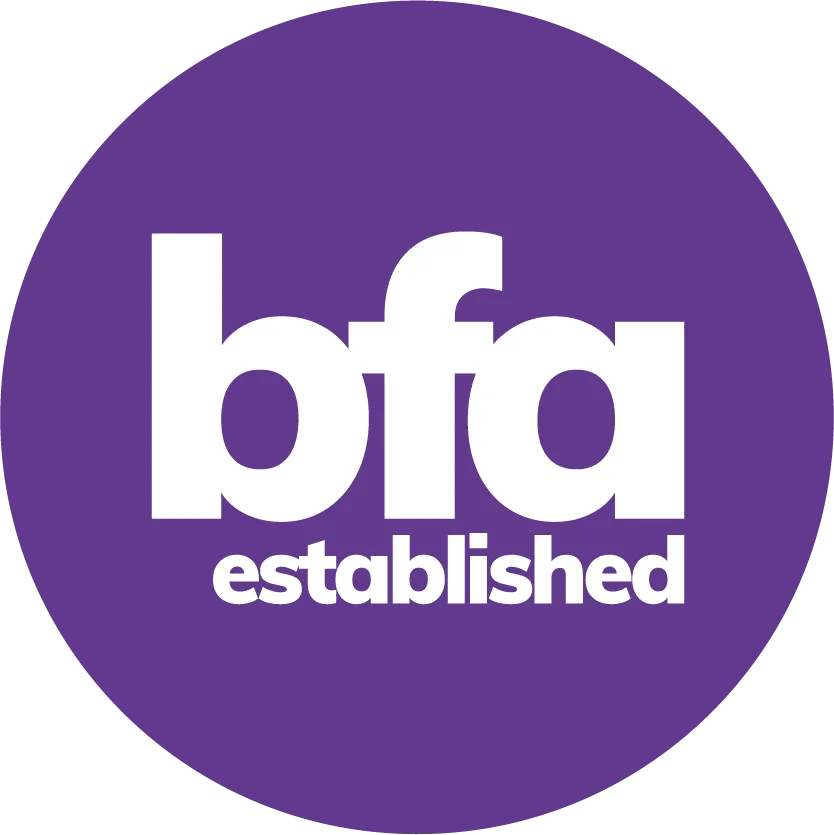How landlords can create more attractive eco-friendly properties
The types of properties that landlords have in their portfolios are very important, especially in today’s turbulent property market. In addition to appreciating in value and attracting higher-quality tenants, a rental property can generate a healthy return for their investment.
For many landlords in your estate agent client base, however, the idea of sinking money into their rental properties may be unfavourable, but for others, it may be completely necessary. There’s much to be said about the benefits of large-scale renovations whether functional or aesthetic, but if a landlord has outsourced day-to-day management to you as an estate agent, they may benefit from your input and insights.
A growing sign of potential long-term cost savings could lie in making sustainable and aesthetically pleasing upgrades to properties that attract a more eco-conscious tenant pool. As Earth Hour is fast approaching, it’s worth highlighting this important global issue and the part that all parties – even in property – have to play.
In this day and age, tenants are growing increasingly environmentally conscious. With technology and sustainability proving to be high priorities for renters when choosing a home, implementing upgrades to a home has to not just be practical but eco-friendly as well. If landlords want to give their properties an appealing edge in a competitive market, it’s wise to advise them on making upgrades that tick both boxes, when the time is right.
Why eco-friendly upgrades matter to tenants
Recent findings from an MRI Software survey showed that, when asked if they wanted their landlord to have optimised, energy-efficient technology that minimises environmental impact, 74% of surveyed respondents said yes. The wider survey of over 2000 renters found that UK residents want landlords to make a more conscious effort to be ‘green’.
From this, it’s clear to see that going green is something to consider sooner rather than later. If landlords can make their rentals more environmentally friendly through incremental technology upgrades, renewable solutions, and alternative materials, they may find their properties growing in popularity among tenants.
Benefits for landlords
As a landlord, sustainability upgrades don’t have to cost the earth, nor do they have to involve a complete overhaul of a property down to its foundations. Some changes can be as simple as installing recyclable GRP garage doors while others can be larger like installing solar panels and batteries in place of domestic boilers.
However, it’s important that landlords recognise that sustainability upgrades are an investment, not an unwanted expense. These upgrades don’t just appeal to tenants, they benefit you.
Fundamentally there are the waste and energy cost savings, and while these will predominantly be the responsibility of tenants, it’s prudent to note that many are forthcoming about their willingness to pay marginally higher for eco-friendly alternatives.
Some tenants have specified they will pay higher monthly rent amounts knowing that they are living in a greener home, so there is an incentive there for landlords too.
It is clear that going green is as important to renters as offering competitive pricing. Therefore, landlords and estate agents could face less resilience when trying to market a rental property to potential tenants and face fewer tenant disputes if rent should have to increase in line with market demand. A mutually beneficial rental agreement with minimal problems is preferable for all parties.
How to make properties greener
When making sustainable upgrades to a landlord’s rental property, it’s worth looking at the property from several angles in terms of its improved aesthetics and functionality.
Below you will find some recommendations based on their specific purpose.
Smart home technology
Integrating your rental property with smart home tech is a powerful way to reduce environmental impact whilst making day-to-day living more convenient for tenants. If tenants can get a firmer grip on their day-to-day usage, it allows them to make day-to-day cost and energy savings.
Consider the following as recommendations for landlords:
- Smart thermostats with programmable heating and cooling controls allow tenants to adjust temperatures from room to room.
- Smart lighting with LED bulbs can be scheduled to turn on or off based on occupancy or pre-set timings.
- Smart meters allow tenants to monitor day-to-day electricity and gas usage and optimise their energy consumption.
- Smart locks can allow keyless entry for tenants and auto-lock when they leave while alerting them (as well as you and your landlord client) if intruders or trespassers are nearby.
Entry and airflow
Doors and windows impact heat and airflow into and out of a property. By installing sustainable options, landlords can optimise efficiency, even marginally.
- Energy-efficient doors (made from solid wood or MDF) are naturally more insulating and offer fewer air pockets.
- Double or triple-glazed windows with multiple layers of glass and vacuum insulation are another great way to preserve more energy.
- Window frames made from vinyl, composite, wood or fibreglass limit the amount of lost heat and energy compared to standard metal.
Renewable energy solutions
Incorporating renewable technology is an impactful way to reduce a rental property’s carbon footprint. While the upfront costs of upgrading this may seem extortionate, the long-term carbon footprint and monthly cost savings in utilities can far outweigh this.
Green energy options include:
- Solar panels – these absorb sunlight to generate electricity and can cut a home’s energy usage each year by anywhere between £160 and £430, according to GreenMatch.
- Heat pumps – these extract warmth from outdoors – either through the air or the ground – and distribute that throughout the home. There are government incentives to encourage more uptake of these eco-friendly heating solutions.
Eco-friendly interior designs
While the structural framework of a rental property may not warrant changing, using sustainable materials in cosmetic and practical decoration is a surefire way to catch the eye of eco-conscious tenants.
- Low- or zero-VOC (volatile organic compound) paints emit far fewer chemicals into the atmosphere than standard paints, thus improving indoor air quality and offering long-term aesthetic value.
- Recycled LVT flooring, composite timber, or even restored carpets offer more eco-friendly alternatives than buying new ones.
- Responsibly sourced furniture like tables, chairs, sofas, and storage made from recycled materials can be more appealing for cost-effective prices.
By factoring sustainability into interior design choices, furnishing upgrades can now be eco-friendly too.
Theoretically, it’s a landlord’s decision to justify charging higher rental amounts than the going market rate. However, they will have a harder time finding renters willing to pay those prices, particularly for the use of properties that have outdated, old, or unsustainable fixtures, furnishings, and appearances.
Understandably, landlords may wish to hold off on upgrades due to restricted cash flow or because the market is experiencing a bit of turbulence currently although there may be long-term benefits as making sustainability upgrades can increase property value, adding a valuable return on investment when the time comes to sell. It can be difficult to justify the upfront expenses, but taking action sooner can save them from inflated costs down the line.
Written by Agency Express guest writer Annie Button



 Login
Login















